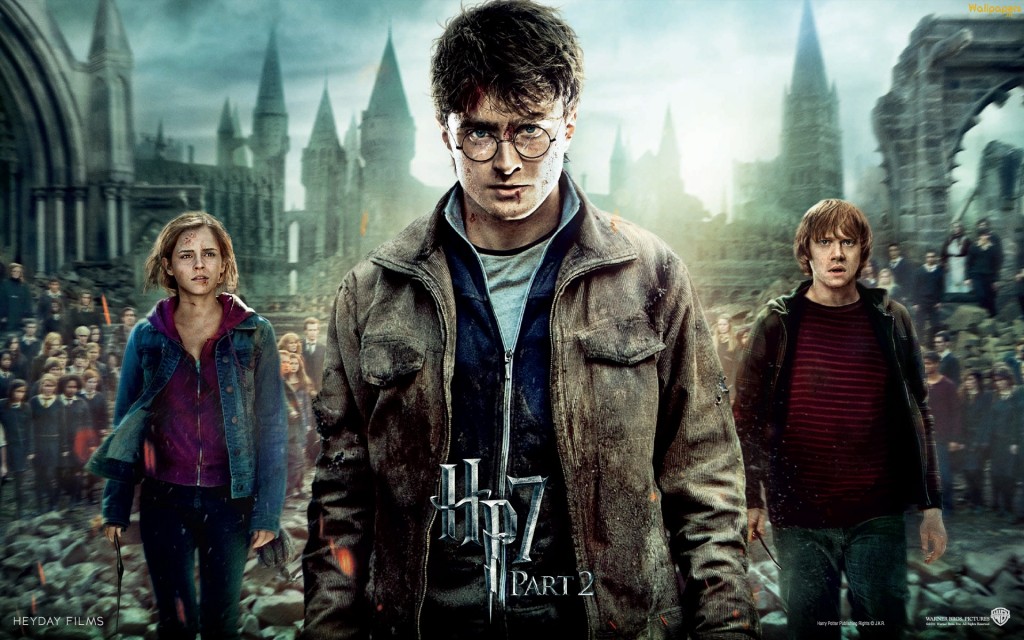The Economics of a…Dollhouse?
December 8, 2011 in Daily Bulletin

On Amazon if you run a search for “My First Dollhouse” (as of 8th December) you can buy the Caucasian version for $62.49, and the African-American version for $37.99. What explains the $24.50 premium for the Caucasian version of the product? Freakonomics had some ideas:
- Price discrimination. Companies know that Caucasian families, statistically speaking, have greater disposable income, and so knowing that they can get more money from them they charge them a higher price.
- Supply and Demand. Studies show that both white and black children prefer playing with white dolls. Therefore there is greater demand for the Caucasian version of the dollhouse, and standard economic theory thus predicts a higher price.
- Supply-Chain dynamics. Amazon simply ran out of Caucasian doll-houses and so the price displayed is the price of other third-party vendors who sell things for a higher price on Amazon.
To read other suggested explanations and to find out more about the issue click here.
Source: Freakonomics









Join the Discussion! (No Signup Required)